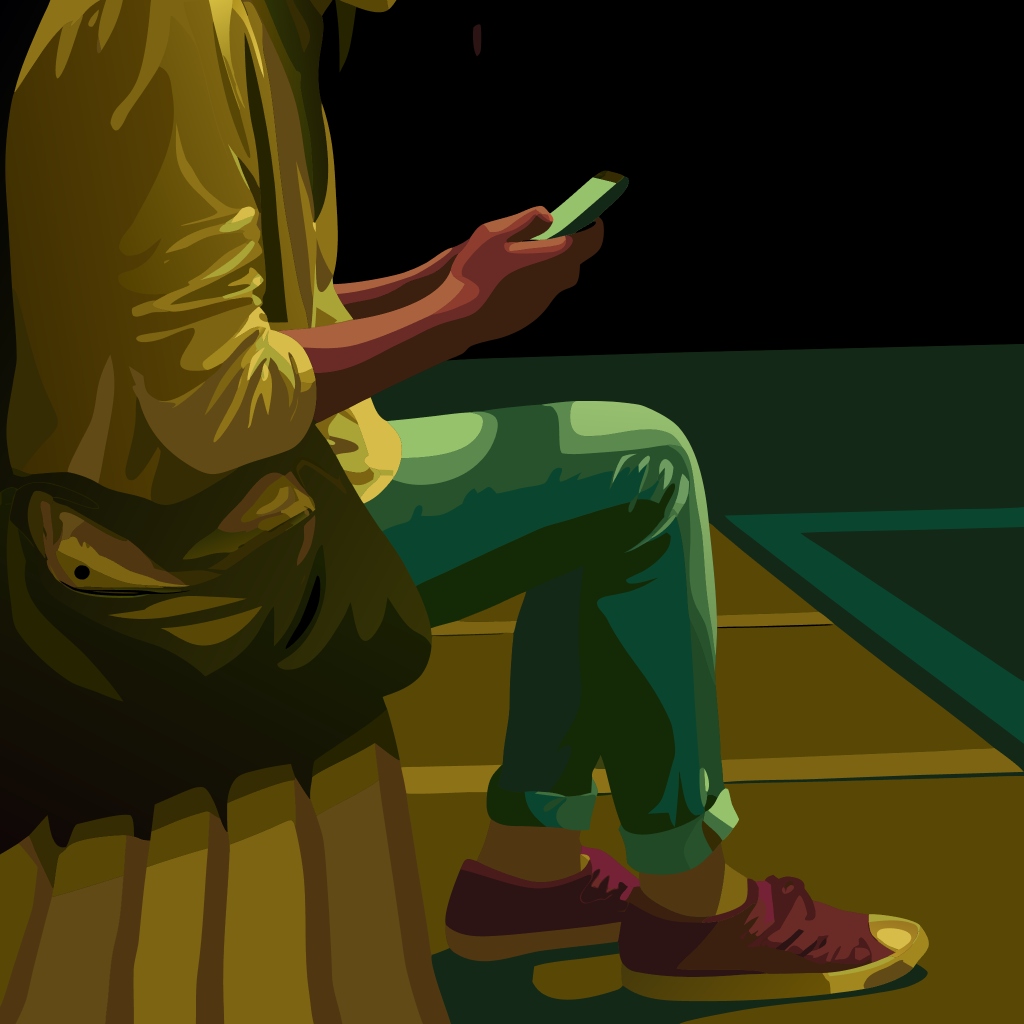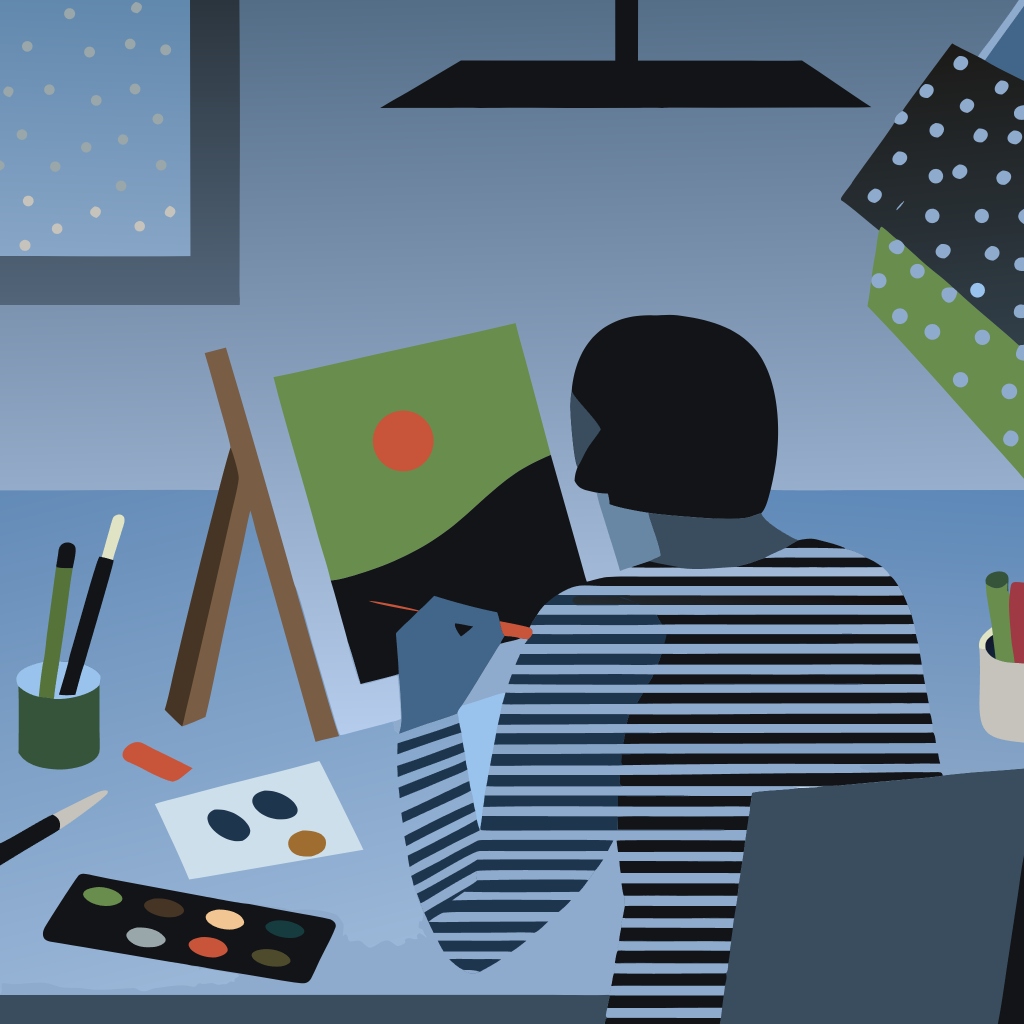How Do I Reduce My Usage of Social Media?
In today’s world, social media is everywhere. From the moment you wake up to the time you fall asleep, there’s always a notification waiting for your attention. Whether it’s a friend’s post, a trending video, or an endless meme scroll, social media can easily take over your day. While these platforms help you stay connected, too much of anything can be harmful.
If you’ve ever asked yourself, “How do I reduce my usage of social media?” — you’re already halfway there. The first step toward balance is awareness. Let’s explore how to take back control of your time, improve focus, and still enjoy the benefits of being online.
Understanding Why Social Media Usage Becomes Excessive

Before you can reduce your social media usage, it’s important to understand why it happens in the first place. Most platforms are designed to keep you hooked — through constant notifications, algorithm-driven feeds, and a steady stream of dopamine from likes and comments.
For students or professionals, this can easily lead to distraction. Every short scroll becomes longer, and soon, hours have disappeared. Recognizing this pattern is key. You’re not weak for spending time online — you’re just responding to systems built to keep your attention.
Once you see this clearly, it becomes easier to make conscious changes.
The Hidden Costs of Excessive Social Media Usage
While it may feel harmless, excessive social media usage affects more than just your time. It influences your mindset, focus, and even your emotional health.
Here are some subtle but serious consequences:
-
Decreased concentration: Constant scrolling shortens your attention span.
-
Sleep problems: The blue light from screens disrupts natural sleep cycles.
-
Comparison and anxiety: Seeing curated highlights of others’ lives can lower self-esteem.
-
Reduced productivity: Checking your phone repeatedly interrupts your workflow.
Recognizing these effects helps you find motivation to cut down on your usage — not because you “should,” but because your mind and well-being deserve it.
Step 1: Measure Your Social Media Usage
You can’t fix what you don’t measure. Start by tracking your screen time. Most smartphones and apps offer built-in analytics that show how many minutes or hours you spend daily on each platform.
Take note of your biggest time drains. Do you open social media automatically when you’re bored? Or do you scroll during study breaks and end up losing track of time?
Once you have these insights, set realistic goals. For instance, aim to reduce your daily social media usage by 30 minutes each week. Gradual changes work better than drastic restrictions.
Step 2: Turn Off Non-Essential Notifications
Notifications are powerful triggers. Every sound or vibration invites you to “just check for a second,” which often leads to extended scrolling.
One of the simplest and most effective ways to control your social media usage is by turning off unnecessary alerts. Keep only what truly matters — messages from close friends or important updates.
You’ll soon notice your phone feels calmer, and your mind does too. Without the constant buzz, you’re less likely to pick it up out of habit.
Step 3: Set Time Limits and App Boundaries
Technology can help you fight technology. Many phones have built-in “digital wellbeing” features that let you set daily limits for each app. Once you hit that limit, you’ll get a reminder or temporary block.
If you find it hard to follow your limits, try placing your phone farther away while working or studying. Out of sight often means out of mind.
Another clever trick is to rearrange your home screen — hide your most-used apps in a folder instead of keeping them front and center. These small friction points can make a big difference.

Step 4: Replace Scrolling with Healthier Activities
Reducing social media usage isn’t just about cutting something out — it’s about adding better things in. When you remove hours of scrolling, you create space for new experiences that genuinely recharge you.
Try these ideas:
-
Pick up a hobby: Painting, writing, or photography can fill the creative gap left by social media.
-
Exercise regularly: Physical activity releases dopamine naturally, giving you that “feel-good” boost without a screen.
-
Read or listen to podcasts: These options feed your curiosity in a more focused way.
The key is to find something that’s enjoyable enough to replace your urge to scroll. Once your brain associates free time with new rewards, the habit shift becomes easier.
Step 5: Schedule “Offline Hours”
Setting specific times to stay offline helps you reclaim mental space. You can start small — maybe no social media before breakfast or after 10 PM.
If you study or work from home, dedicate focused blocks where your phone stays in another room. You’ll be surprised how much more you can accomplish without digital interruptions.
Try turning short breaks into mini detox sessions: stretch, hydrate, or step outside instead of refreshing your feed. The more you experience the benefits of offline time, the less appealing constant scrolling becomes.
Step 6: Use Social Media More Intentionally
Reducing your social media usage doesn’t mean you have to abandon it completely. The goal is to use it with purpose.
Ask yourself before opening any app:
-
Why am I opening this right now?
-
What do I hope to get from this?
If you can’t answer clearly, that’s a sign to pause. You can also curate your feed — unfollow accounts that don’t inspire you and keep only those that add value. This helps social media feel less like noise and more like a meaningful tool.
Step 7: Practice Digital Detox Days
Every once in a while, give yourself a full break — a “digital detox day.” Choose one day each week or month to completely disconnect from social platforms.
Spend that time doing things that recharge you mentally and physically. Go for a walk, meet friends in person, or explore a new place.
These detox days reset your habits and remind you that there’s a vibrant world beyond the screen — one filled with real laughter, connection, and presence.
The Psychological Side of Reducing Social Media Usage
Cutting down your social media usage also changes how your brain rewards you. At first, you might feel uneasy or even “left out.” That’s natural — your brain is used to instant gratification from notifications.
However, after a few days, this discomfort fades. You’ll start noticing how peaceful it feels not to be constantly reachable. You’ll think clearer, sleep better, and find yourself enjoying simple moments again.
In essence, reducing your social media usage isn’t a restriction — it’s a freedom.

Final Thoughts: Take Back Control of Your Attention
Social media is powerful, but so are you. It can be a source of inspiration, connection, and creativity — as long as you’re the one in charge.
By tracking your screen time, setting limits, and replacing scrolling with fulfilling activities, you can build a healthier relationship with your digital life. Remember, balance is key. You don’t have to quit — you just have to manage your social media usage mindfully.
The goal isn’t to disconnect from the world, but to reconnect with yourself.
(FAQ)
Q1. Why is it important to reduce social media usage?
Excessive social media use can lead to decreased productivity, poor sleep, anxiety, and low self-esteem. Reducing usage helps you regain focus, improve real-life connections, and boost overall well-being.
Q2. How much time on social media is considered too much?
It varies by person, but spending more than 2–3 hours daily on social platforms can start to negatively impact mental health, focus, and real-world engagement.
Q3. What are some practical ways to limit my social media time?
You can:
-
Set daily screen-time limits.
-
Turn off non-essential notifications.
-
Keep your phone away during work or study.
-
Replace scrolling with hobbies or offline activities.
Q4. Are social media detoxes effective?
Yes. Taking short breaks—like a weekend or week without social media—can help reset your habits, reduce dependency, and increase mindfulness about your usage.
Q5. How can I track my social media usage?
Most smartphones have built-in tools like Screen Time (iOS) or Digital Wellbeing (Android) that show how much time you spend on each app and allow you to set daily limits.
Q6. Can reducing social media make me feel disconnected from others?
Initially, you might feel a bit isolated, but over time you’ll find healthier ways to stay connected—through calls, in-person meetups, or meaningful online interactions.
Q7. What can I do instead of scrolling when I’m bored?
Try reading, journaling, exercising, learning a skill, or spending time outdoors. Replacing screen time with rewarding offline activities makes it easier to stay off social media.
Q8. How do I handle FOMO (fear of missing out)?
Remind yourself that social media often shows only highlights of people’s lives. Focusing on your goals, hobbies, and real-world relationships can reduce the feeling of missing out.
Q9. Are there apps that help reduce social media addiction?
Yes. Apps like Freedom, Forest, and StayFree block or limit your access to social platforms, helping you stay focused and mindful.
Q10. How long does it take to break the habit?
It usually takes a few weeks of consistent effort to reduce dependency. The key is to stay patient, track progress, and gradually replace social media time with meaningful alternatives.
Learn more on related topics




Leave a Reply